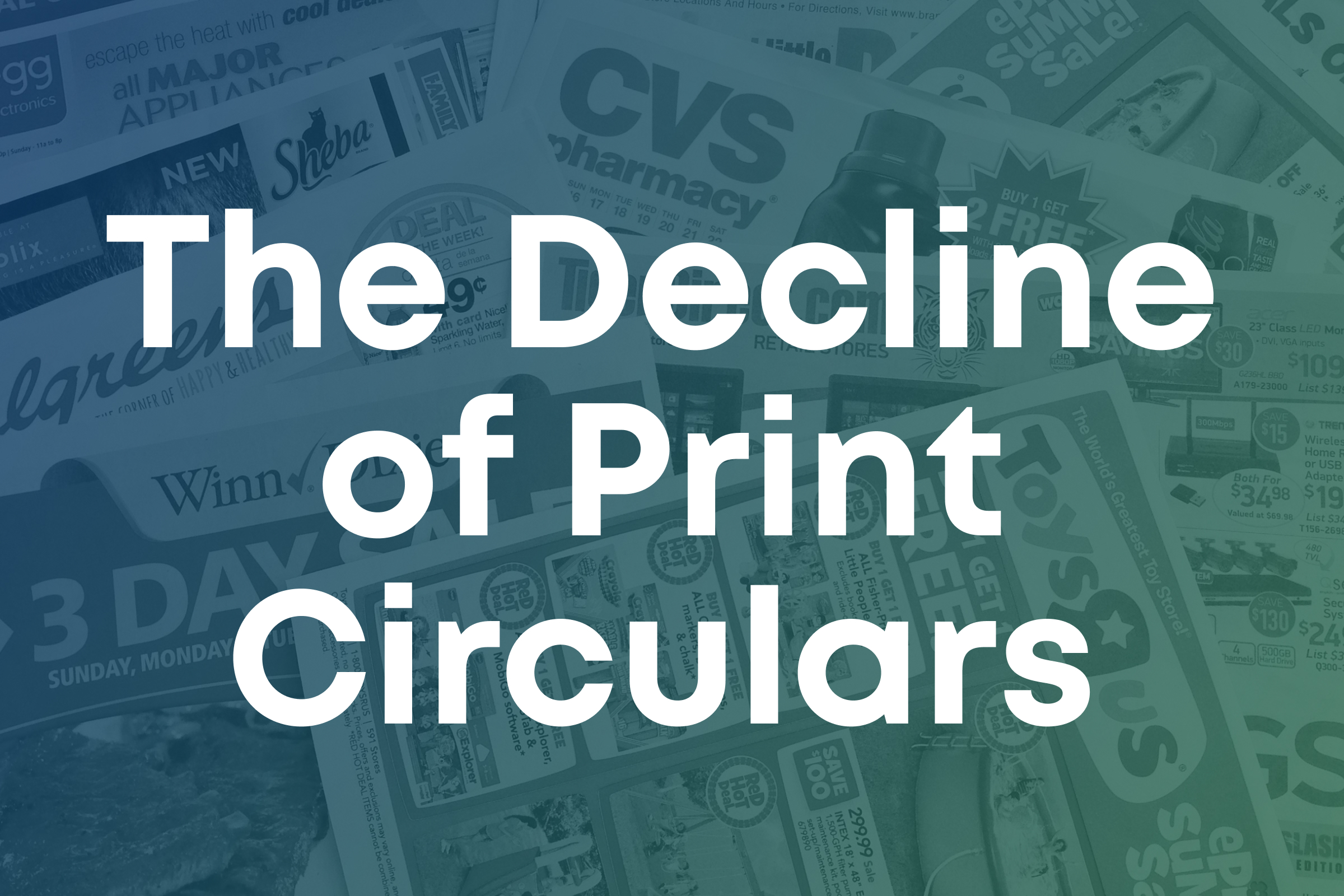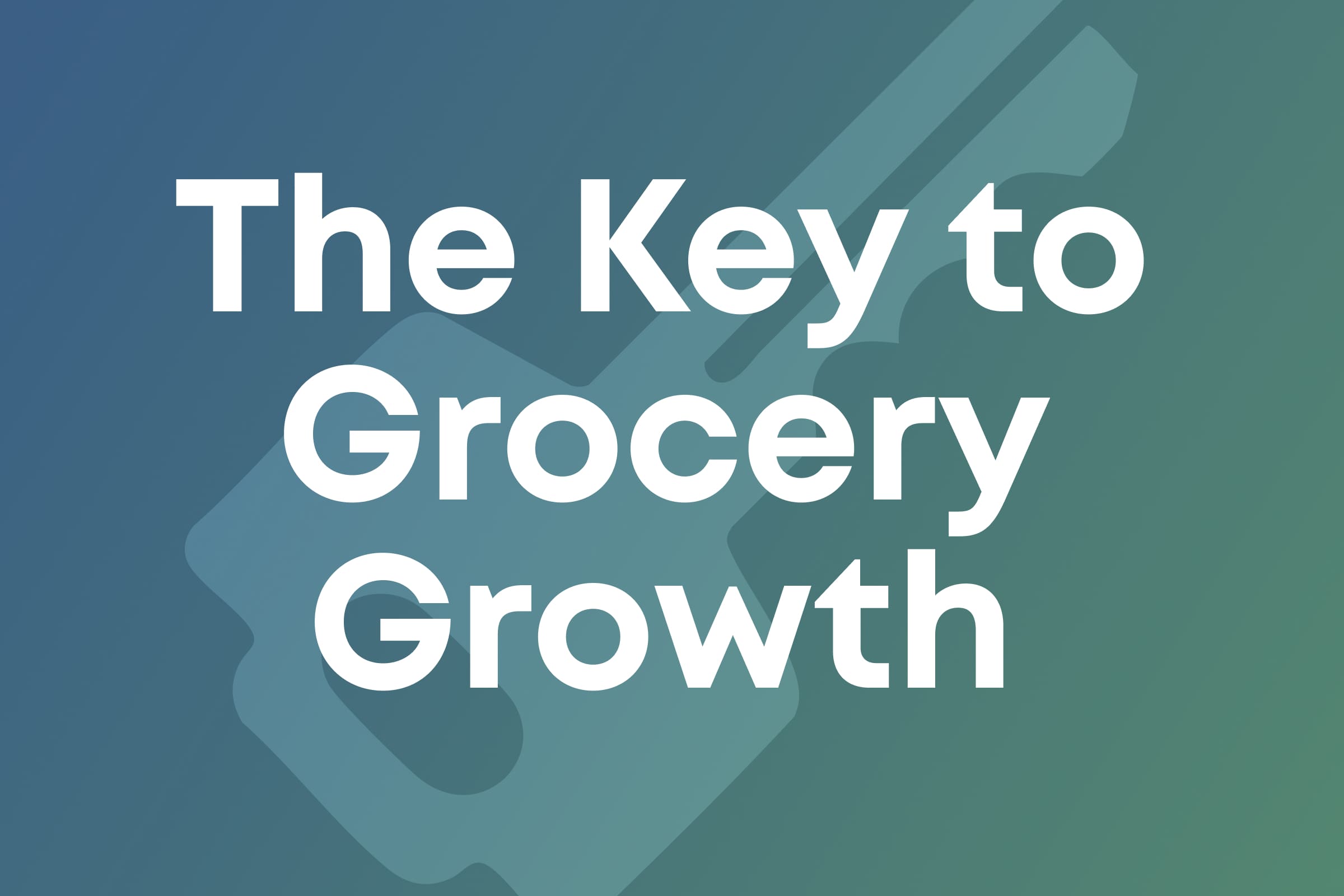5 Key Features of an Effective Loyalty Program
Henry Kim
A loyalty program is essential for an effective marketing strategy—but what is it, and why is it so effective?
In short, a loyalty program provides special rewards to customers who make repeat purchases with a specific brand. Through redeemable points, promotional discounts, or exclusive offers, retailers and brands can incentivize customers to return to their products, time and time again—and this isn’t just a passing trend. Retailers and brands are increasingly investing their time and resources to craft loyalty programs that demonstrate tangible, measurable growth:
- MarketsandMarkets anticipates that the global loyalty management market will grow from $8.6 billion in 2021 to a whopping $18.2 billion by 2026.
- 66.4% of loyalty program owners agreed that loyalty programs play key roles in their companies’ strategy.
- More than 60% of all companies have some form of a loyalty program.
- 70% of consumers are more likely to recommend a brand with a strong loyalty program.
Some of the most popular loyalty programs are run by notable corporate giants such as Amazon Prime, Starbucks, and Sephora, where customers can accumulate points, access special benefits, and receive exclusive rewards. Their investment in digital retail loyalty pays off every year—and this goes to prove that other retailers and brands should follow suit.
An effective loyalty program often includes five key features that lead to continued success—from using first-party data to optimizing retail personalization. Here, we’ll go into each feature and provide further insight on how it reinforces customer loyalty and demonstrates impactful growth.
Let’s get started.

5 Keys to an Effective Loyalty Program
1. Deliver a seamless digital shopping experience
As technology becomes increasingly integrated into our society, more shoppers expect a seamless connection between digital and in-store shopping when making their purchases.Smartphones dominate the way we communicate. Our overall reliance on our mobile devices has become an essential lifeline for customers as they navigate shopping in and outside the store. Retailers must act quickly if they want to not only further connect the customer with the in-store experience but increase store visits through personalized offers and deals, and continue to build shopper loyalty.
When a shopper makes repeat purchases of their favorite items at a grocery store, an app has the power to reinforce this behavior by suggesting more efficient ways to continue buying that product, whether it’s through shipment, pickup, or delivery. The shopper will appreciate the personalized experience, while the retailer can enjoy the additional boost in sales and loyalty.
75% of consumers report that they would happily engage with loyalty programs if they could access their information on their smartphone. The time is now for retailers to make loyalty programs easily accessible on mobile devices. When tied to a loyalty program, mobile not only helps boost store visits through personalized offers and deals, but also enables customers to track purchases and rewards, quickly and conveniently—from the palm of their hand.
2. Provide meaningful rewards
There’s a wide variety of loyalty programs that retailers can implement, whether it’s tiered, membership-based, or points-based. Regardless of the type, it’s important to create a program that brings customers great value and return. In order to do so, retailers must have intimate knowledge of their customer base and what kinds of rewards they may prefer in exchange for their loyalty.
For instance, a grocery store app that utilizes first-party data notes that its shoppers value cash back opportunities. It can then strategize to offer people $10 for every 1000 points. This incentivizes customers to make more frequent purchases so that they get their cash back, which they can use to then buy another product. By utilizing different resources to identify what customers want, retailers can provide a loyalty program that truly speaks to their needs.
3. Prioritize retail personalization
Retail personalization ensures that the retailer meets each customer at multiple touch points and channels throughout their shopping journey and delivers them a unique and tailored experience. If retailers want to see their loyalty programs reach success, they must prioritize retail personalization into their strategy. By adapting to the unique shopping preferences of each customer, the retailer can then identify what products or promotions might pique their interest in the future and lead to repeat purchases. This customer-centric approach not only has the potential to increase customer spending by 500%, but also improves a customer’s view of the retailer, leading to longer lasting loyalty and positive digital relationships.
4. Leverage first-party data
Unlike 3rd party data, which is information gathered by companies that don’t have a direct relationship with the individual consumer, party data only collects data based on direct customer interaction—and with their full consent. This helps retailers and brands push advertisements or deals that are most relevant to their preferences. Not only is this a more secure way of using and optimizing data, but this also allows customers to have a more personal and tailored shopping experience that meets their unique needs. With -party data, retailers can build deeper and more meaningful connections with customers, allowing them to feel understood and seen, and ultimately driving increased engagement and revenue.
5. Establish an emotional connection
Shoppers value human experiences and are more likely to be loyal to retailers and brands with whom they’ve established an emotional connection. Fostering meaningful relationships is an organic way to build trust and commitment, as retailers’ efforts will show that customers aren’t just numbers—they’re people with diverse needs and shopping preferences that deserve to be met.
Generating customer lifetime value may feel like a long process that requires various resources—from first-party data to a retail media platform—but it’s a strategy that pays off, leading to higher sales and long-term loyalty.
Create an Effective Loyalty Program with Swiftly
Integrating a loyalty program into your growth strategy can feel like a hefty investment. But it doesn’t have to be. A Swiftly-powered retail media platform can help you not only get started on tackling these challenges with ease and confidence, but also help you to thrive in a competitive, saturated market.
Our robust, intuitive tools allow you to seamlessly integrate all the key features that can set up your loyalty program for long-term success. With first-party data usage, we create an omnichannel view of your customers’ shopping habits, empowering you to make strategic decisions that lead to increased loyalty, growth, and revenue.
Ready to create a strong loyalty program and navigate behaviors and trends with confidence? Contact Swiftly to get started.





